Gardenias are notoriously difficult to grow in normal indoor conditions. Look for signs of insect infestation such as sucking insects – aphids, scale or mealybugs – or spider mites. We think we see some signs of insects on the surface of the leaves pictured at the top right but the photo pixilates when we try to expand the photo and so cannot be sure. Take a few of the affected leaves to your local garden center for confirmation of the problem and recommended control. If it is a sucking insect such as scale, aphids or mealybugs, they can be washed off by hand or if the infestation is extensive, a horticultural oil can be used as a suffocant. You can even use a q-tip dipped in alcohol to wipe away aphids or mealybugs, but rinse with water afterwards.
In the meantime, here are a few care tips: They like bright light, but avoid direct sunlight, especially during summer.Water:Keep soil continuously moist, but reduce watering in the winter.
Temperature: Above 60ºF is preferred. Avoid cold drafts if temperature drops lower.
Soil: Use a nonalkaline soil mix, such as a rhododendron mix. They prefer slightly acidic soil.
Cold temperatures and inconsistent watering, which will cause bud and leaf drop. A well-tended gardenia will be compact, with deep green leaves, and bloom in the late summer, when the nighttime temperatures are above 60ºF/15.55 celsius and daytime temps are between 75ºF and 82ºF. or 23.88 to 27.77 celsius.
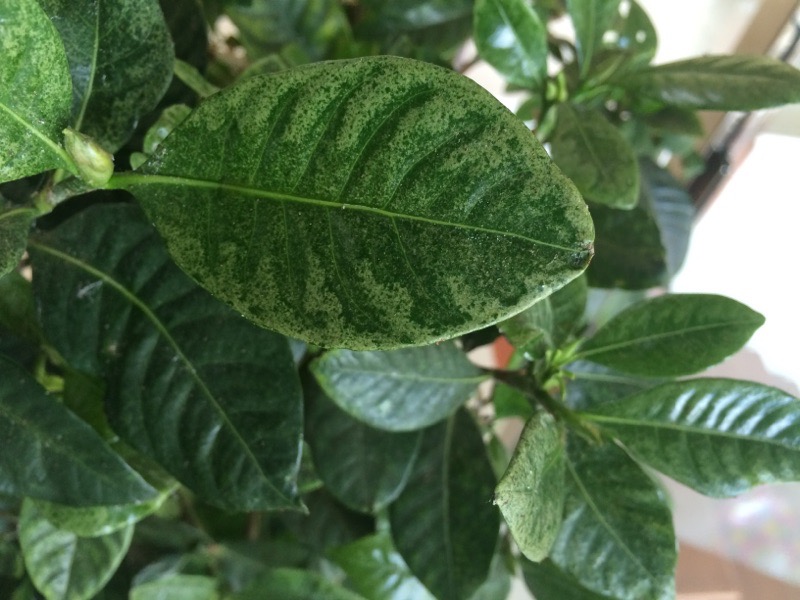
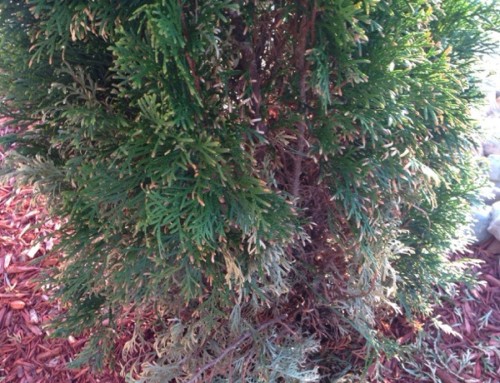
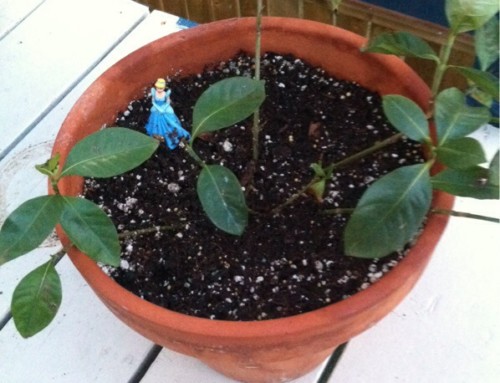
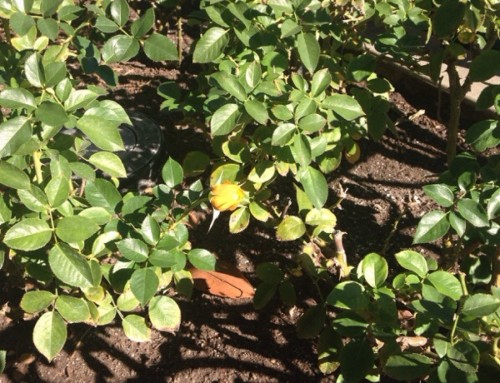
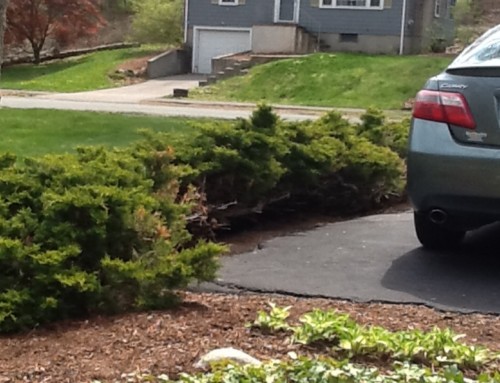
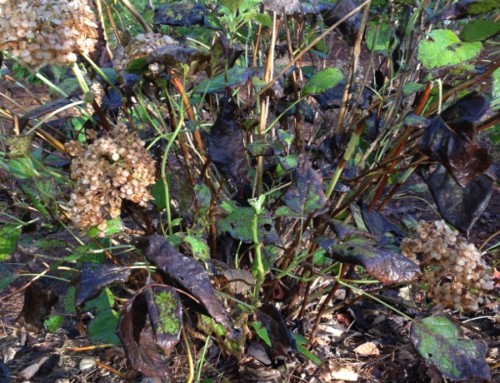
Leave A Comment